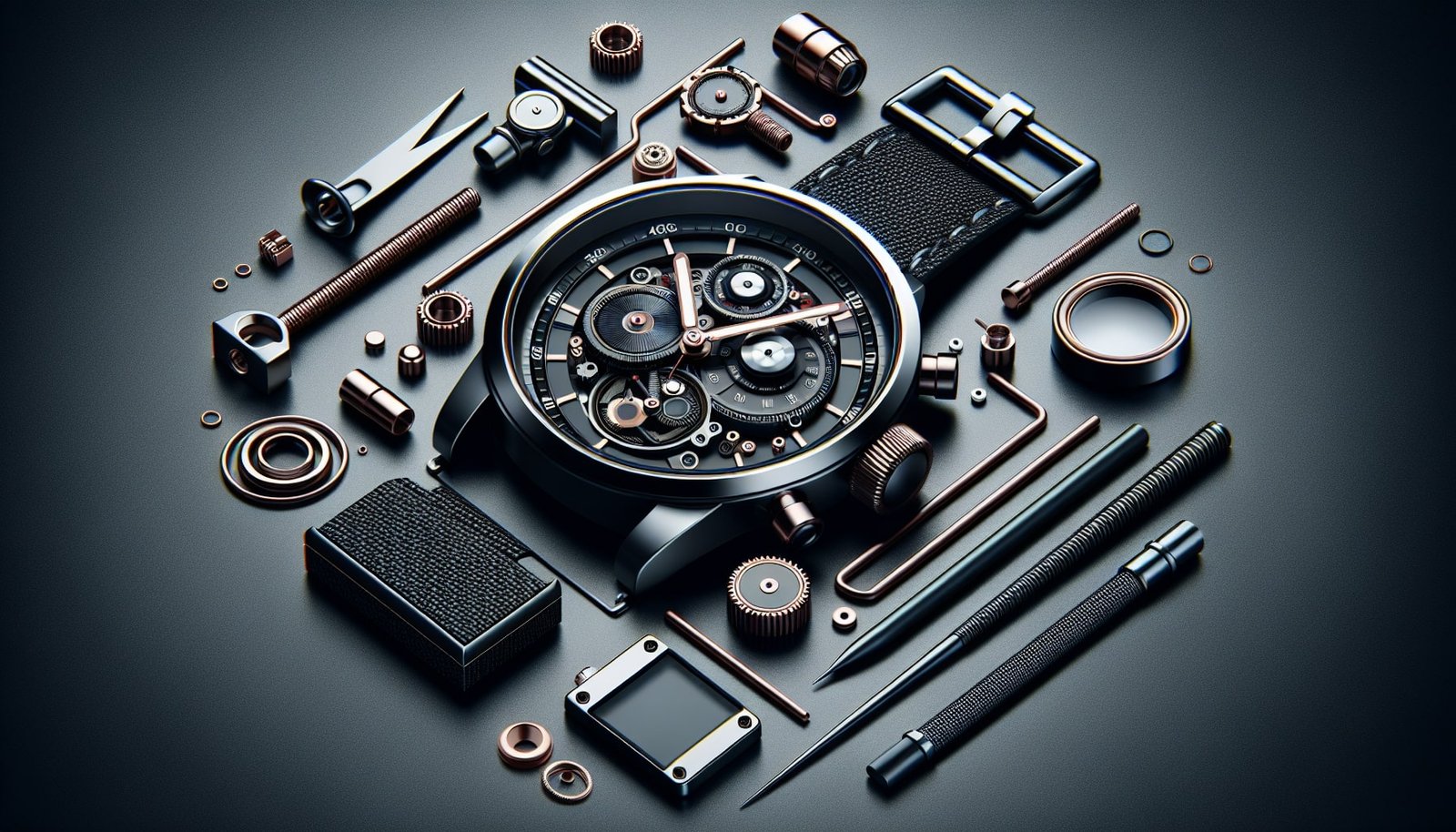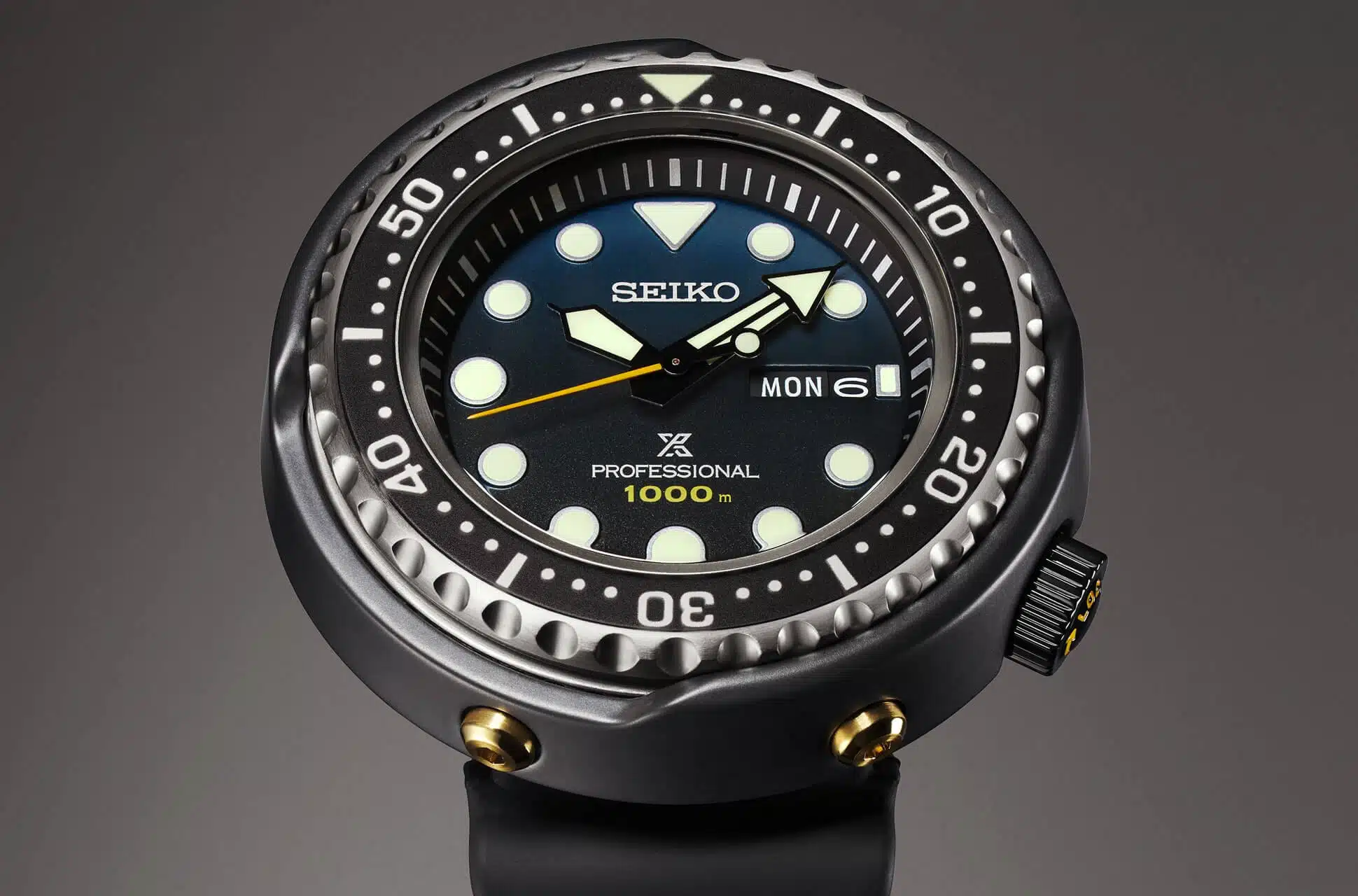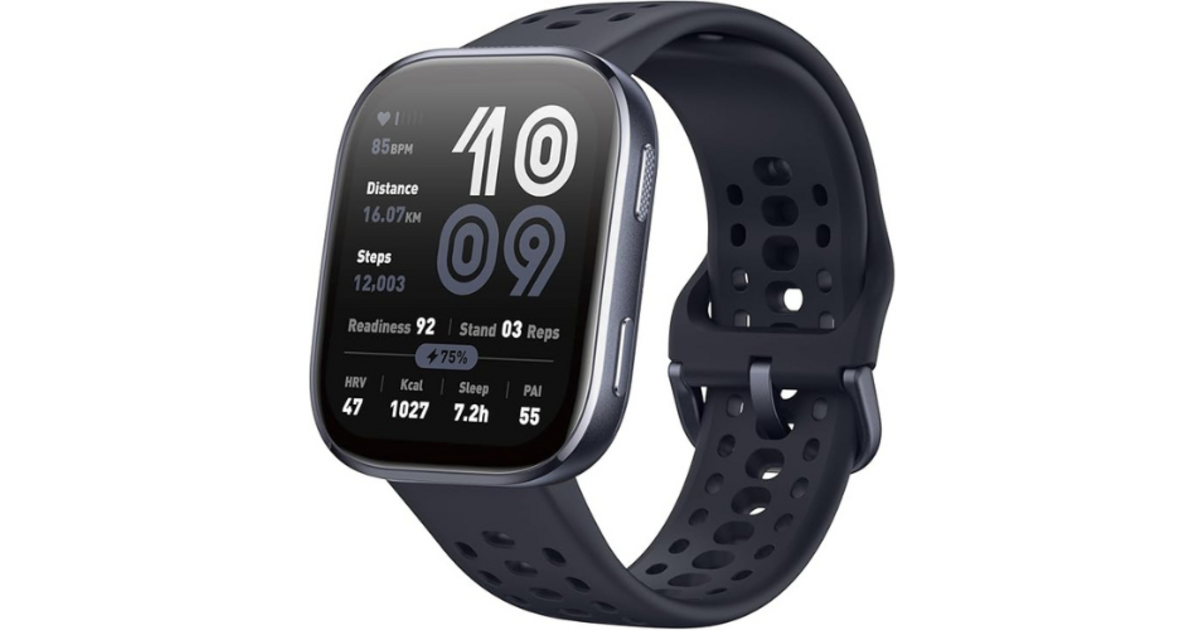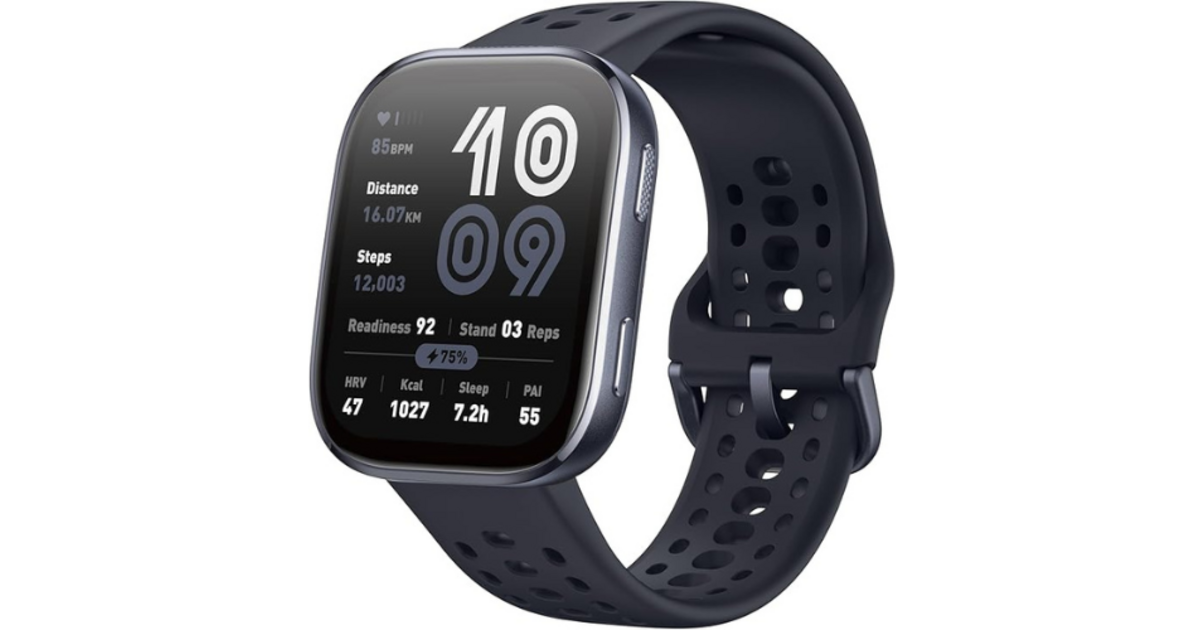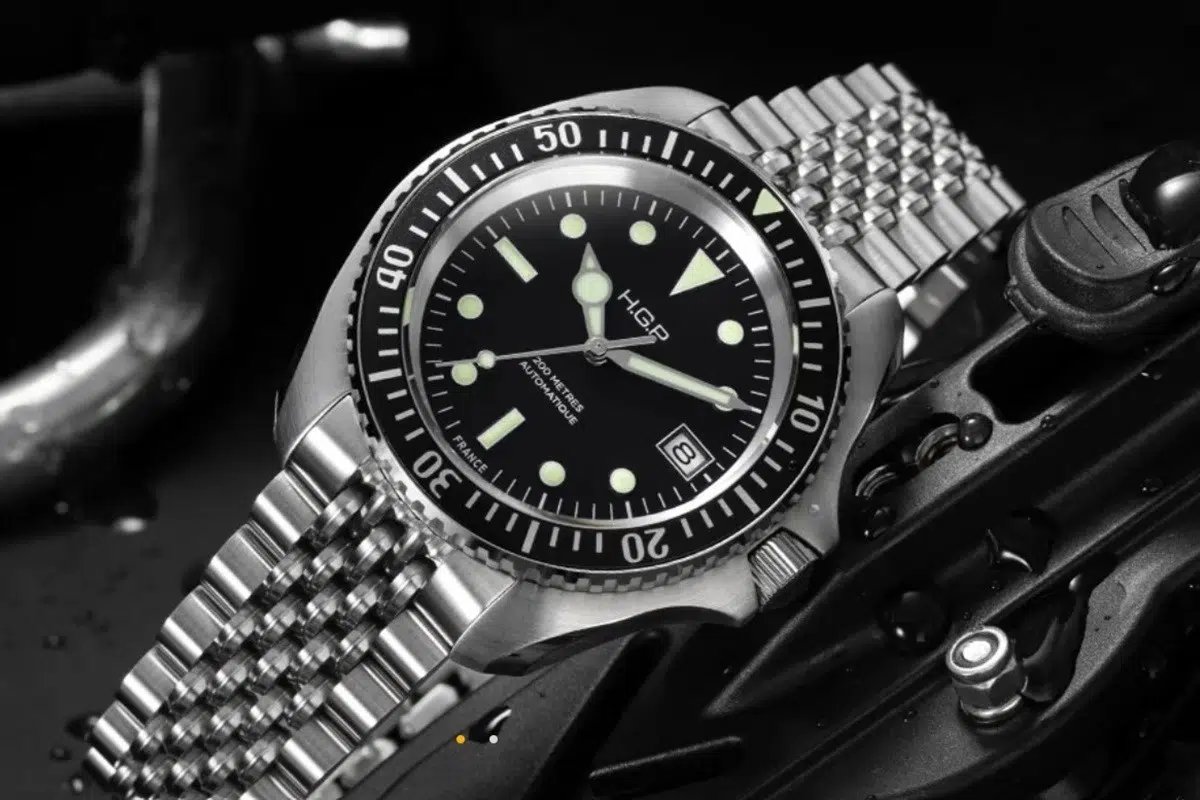Table of Contents
In the vast universe ofwatchmakingone question seems to persist over the course of time and developments in design and functionality: On which wrist should you wear a watch? ? This choice may seem trivial at first glance, but behind it lies a whole story, practical, ergonomic and aesthetic considerations. From the position of the telescope At ticking discreet of theneedleevery detail of the watch, down to the choice of braceletcan influence the decision to wear it on the left or right wrist. This article explores traditional conventions and modern practices to answer this question and help you choose based on your comfort, daily activities, and personal style.
Why favor the non-dominant wrist?
When it comes to choosing which wrist to wear a watch onit is interesting to note that the majority of people, being right-handed, will instinctively opt for the left wrist. This preference is not accidental: it responds to a logic of efficiency and protection. Wearing the watch on the non-dominant wrist helps to minimize the risks of discomfort when using the dominant hand, whether for writing, cooking or performing any exercise requiring precision and agility. In addition, this habit retrograde the watch has a role less exposed to shocks and friction, thus preserving its dial from untimely scratches and increasing its longevity.
This choice is not, however, only preventive; it also offers undeniable practical advantages. Having the watch on the wrist non-dominant facilitates its daily useespecially for activities like writing or simply checking the time without interrupting the task in progress with the actively working hand.
Left or right watch: what is the historical norm?
L’history of watchmaking reminds us that the first wristwatches were traditionally worn on the left wrist. This choice was not arbitrary; it was the result of a design thought out for the 90% of the population who are right-handed. With the winding crown traditionally placed on the right of the dial, the operation of setting the time and manually winding the watch was greatly facilitated for right-handed people. This aspect was all the more relevant since the Early watches required daily winding.
Today, although the majority of watches are equipped with a automatic winding mechanism or quartz movementsthe tradition of wearing the watch on the left wrist continues. However, thanks to the evolution of watchmaking technologies, we benefit from greater flexibility. The choice of wrist therefore becomes a question of personal comfort and preferences, allowing everyone to freely choose between the left or right wrist, regardless of historical and mechanical constraints.
How does wrist choice influence style?
Personal aesthetics is another aspect to consider when deciding on which wrist to wear a watch. Indeed, the wrist you choose can complement or accentuate your style and accessories. Here are some tips to match your watch to your look:
- Match your watch to your rings and bracelets, but avoid overloading. If you wear multiple pieces of jewelry on one wrist, opt for more understated pieces so they don’t compete with the watch.
- Consider visual balance. If you have a tattoo, cuff or other statement jewelry on one wrist, wear your watch on the other side so as not to overwhelm the ensemble.
- Think about the color and material of your watch. Choose a strap that matches your usual outfits and reflects your character, whether it is leather, metal or fabric.
- Consider the circumstances. A more sophisticated watch may be appropriate for a professional environment or special occasion, while a more rugged, casual model might be better suited for leisure or sports.
The choice of watch and the wrist on which to wear it is therefore a means ofpersonal expression and contributes to the brand image that we wish to project.
What about left-handed watches?
Left-handed people make up about 10% of the population and are often forced to adapt to a world primarily designed for right-handed people. Fortunately, the industrywatchmaking has not forgotten them. There are watches specifically created to make their daily lives easier, with crowns located to the left of the dial. These models remain, however, rarer and often more specialized.
It is important for left-handers to take into account ergonomics and comfort when choosing their watch. Indeed, the accessibility of the crown and the ease with which it can be operated without removing the watch are crucial for a pleasant user experience.
Left-handed people, just like right-handed people, can choose the wrist that suits them best — whether for convenience, habit or personal style.
Are there any benefits to wearing your watch upside down?
Wearing a watch with the dial facing the inside of the wrist may seem unusual, but it is adopted by some people for its functional and discreet advantages. Particularly among the military and professionals in certain branches that require manual dexterity, this way of wearing the watch helps protect the dial from possible scratches or impacts. In addition, it facilitates a quick and discreet reading of the time, an asset in situations where discretion is required.
This choice can also serve aesthetic purposes, offering a touch of subtlety and originality for those who prefer not to display their watch too openly. Thus, wearing the watch upside down, far from being a simple fantasy, meets practical needs while being part of an approach to personalizing style.
Wearing your watch on the right, a question of identity?
While the left wrist is conventionally chosen to wear a watch, the choice to place it on the right wrist is often significant and personal. Some people, especially those who are left-handed, opt for the right wrist for ergonomic reasons. Others make this choice as a social statement or to express their individuality.
In some cases, this decision may reveal a form of non-conformity or perhaps mark belonging to a particular group or culture where wearing one’s watch on the right is the norm. The wrist on which one chooses to wear one’s watch can thus contribute to shaping and communicating one’s individual identity, highlighting that behind each accessory can hide a personal story rich in meaning.
Conclusion
In short, whether you’re following convention or looking to make a statement, the choice of strap contributes greatly to the overall experience of wearing a watch. Take the time to consider all the options and remember that this choice is, above all, a matter of personal taste and comfort.
